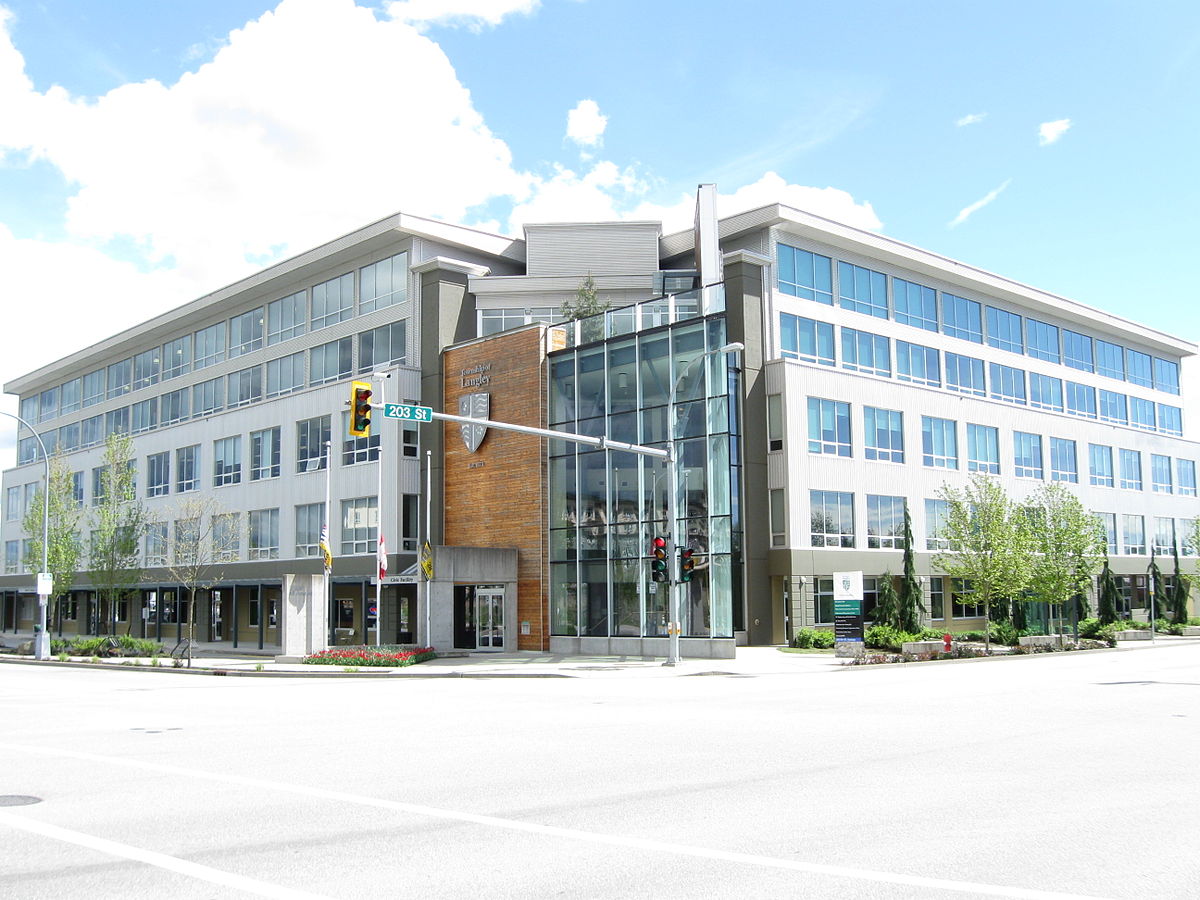Local Police
In 2018 I ran for Mayor on a platform that included abandoning the RCMP and forming our own local, made-in-Langley police force.
What was true then is still true now – the RCMP fails to provide the service that municipal police forces do across the province.
One of the benefits of contracting the RCMP to police a city has been the cost – they’ve been traditionally less expensive, as well as Ottawa kicking in 10% of the funding.
However, that is no longer true, either.
In the last year the cost of policing the Township of Langley has increased almost 25 per cent. If you look around our city, I don’t think you are getting 25 per cent more service.
The RCMP now has a union, which allows their members to have more protections, but it doesn’t change the top-down structure that constantly has the RCMP riddled with controversy.
A media outlet called The Fraser Valley Current put out a request to find out how often officers used force and drew their weapons.
After only a month the Abbotsford Police Department fully cooperated and divulged even more information, for the sake of transparency.
The RCMP? It has been a year and still they have not catered to this simple request, despite a mandate all federal departments answer requests within a month.
Clearly the RCMP is not serving the Township of Langley. It’s time for a fresh start.
Zoning
Extensive, complicated zoning is an added barrier towards building more homes and businesses.
It’s time that the Township of Langley simplified the process.
Currently there are more than two dozen different types of zoning (too many!) and they are all very exclusive.
The Township should adopt a more inclusive mode – don’t say what a property may be, but only layout what it CAN’T be.
Instituting an “as-of-right” system would also help speed up the development approval process.
In 2018 a report stated that a home building permit took 17 months to get approved – that’s criminal.
While I’m sure the staff at the Township office has done their best to cut that time down, projects still needlessly get stuck at both the bureaucratic and political level, holding up the advancement of our wonderful city.
Langley should apply some of the lessons learned from the Japanese model.
Japan uses a system of zoning where the government sets out in advance guidelines on what can be built in each area. Any development that fits the rules is allowed by right (“as-of-right” system), meaning that if a project complies with the zoning, it doesn’t need to go through a discretionary review process.
A certain level of NIMBYism exists in all communities and our North American building-approval structure encourages this.
A house is often a person’s biggest investment, which they naturally want to protect. Local homeowners will often lobby against development near them, which they see as a potential threat to the value of their property. When homeowners are a majority of voters, naturally politicians listen to them and restrict development.
Residents respond by self-selecting into the most affluent communities they can afford and pulling up the ladder once they’re in.
This great rigidity in allowed uses per zone in North American zoning means that urban planning departments must really micromanage to the smallest detail everything to have a decent city. Because if they forget to zone for enough commercial zones or schools, people can’t simply build what is lacking, they’d need to change the zoning, and therefore confront the NIMBYs.
Because of the system’s complexity in North America, urban planning departments reign supreme there (and often make mistakes), whereas in Japan, builders, private promoters, school boards and the cities themselves can take much more initiative.
Japan’s system is more flexible because it allows higher-use zones to be designated later on without forbidding lower-use activities. Residential is residential, which means that rented, owned, single-family, multi-family and studio apartment blocks coexist. It’s time to get politics out of housing in Langley.
Ward System
The local government of a municipality should represent all regions, not just the most politicized.
One of the criticisms of recent Township of Langley councils is that it has been majority-led by candidates from two, maybe three neighbourhoods.
There is a very simply fix to ensure that all neighbourhoods and communities are represented: a ward system.
Think of it as “ridings” within a city.
Imagine one elected councilor from Walnut Grove, one from Willoughby, one from Murrayville, one from Aldergrove, one from Brookswood, one from Willowbrook, etc.
Lines would be drawn to make sure each ward had an equal amount of voters.
But this way you’d make sure that each area was properly represented.
Imagine knowing exactly which councilor to email when you have a burnt-out street lamp.
Almost every single jurisdiction outside of British Columbia has some form of a ward system, even if it is mixed (some voted at-large, some regional).
If you feel that your neigbourhood’s concerns are not being listened to, consider that there is not one singular politician that needs to answer to you.
And don’t forget that you have stronger representation as a ward. Most people forget that White Rock was once a ward of the City of Surrey. Eventually they felt that they were not being treated fairly by the local government so they broke off on their own.
Do you think your neighbourhood would be better off on their own?
Maybe they would. Or perhaps stronger together, once the neighbourhood needs are met.
But the first step towards better representation is to implement a ward system.
